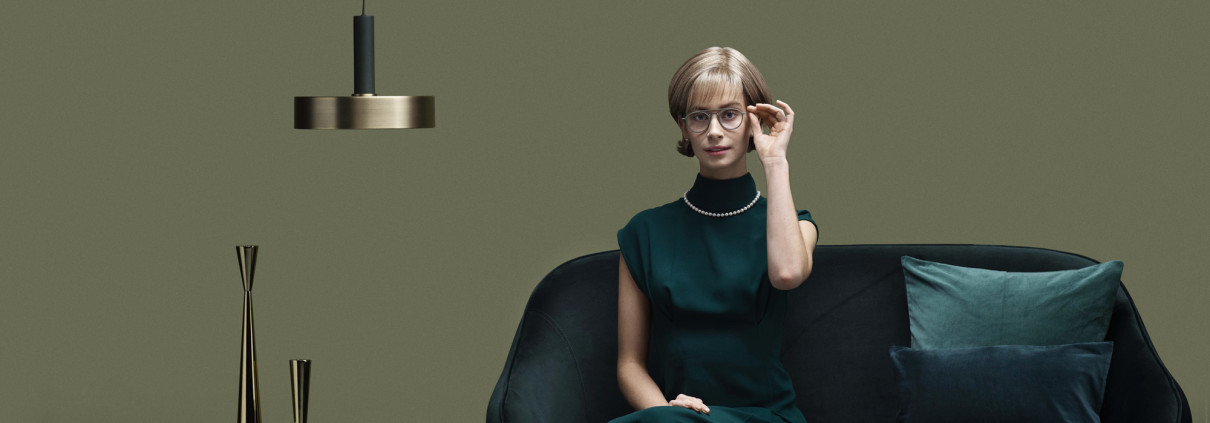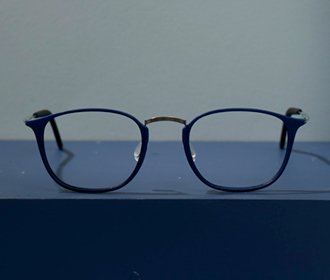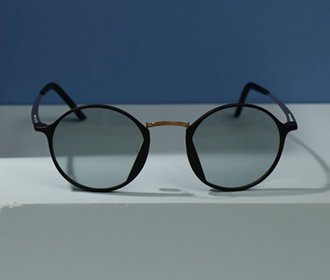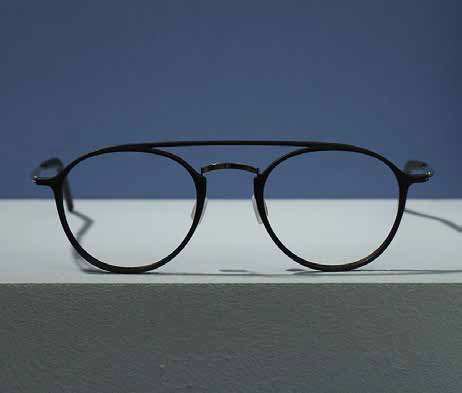Independent opticians are losing market shares. Is it happening to you?
Independent opticians in Europe, North-America and Asia today experience increasing competition in the marketplace. This puts a lot of pressure on revenue and earnings. And is a threat to their livelihoods.
While the market for optical services has grown by 80% from 1985 to 2010, the increase in the market size isn’t shared among independent opticians. Instead, independent opticians have seen a decrease in profits of 40%.
Large segments of an independent optician’s normal business have disappeared altogether. In 2016, 80% of all sunglasses were sold in department stores, pharmacies, fashion stores, and petrol stations. Only 20% were sold by independent optical service providers. It’s the same for reading glasses. And for contact lenses, sales via the Internet make up more than 20%[1].
For example, a UK analysis[2] in 2016 showed that around 300 independent opticians close each year. Two separate UK analyses[3] [4] showed that your market share fell sharply after the inclusion of the big chains (see Figure 1).
This is true for most of Europe. And many countries around the world. The biggest pressure is from chains and discount stores. In just a few years, these “giants” have taken a large part of your market share away. It’s the most direct reason for the many shop closures.
You also face competitors of other kinds. And each of these takes part of your sales: online stores, fashion stores and manufacturers. To name a few. For example Luxottica, with its own brands including Ray Ban, has begun to set up stores (60% of Luxottica’s turnover in the USA today comes from its own stores). Here lies the challenge: your collaborator is also your direct competitor. When you sell their products in your store, you help improve sales in the stores they own.
We will begin by giving you a brief review of why independent opticians are under pressure.
The capital chains and discount chains have advantages of economies of scale you can only dream about. For example:
- Purchasing glasses for lower prices from suppliers than you can because the chains can buy in larger volumes.
- Fielmann in Germany, for example, sells 8 million pairs of glasses per year.[5]
- The chain sells 5 to 10 times more per store than your average independent optician (Source: Fielmann).
- The best chain stores sell for between 4-20 million Euros.
- Selling eyewear at far greater discounts than you do. According to Fielmann, this can be up to 70% cheaper.[6]
- Establishing large online stores which can exploit synergies between physical and online purchases.
- Having a far higher marketing budget than you have, and dominating TV with their advertisements.
- Operating with a far more effective administration.
- Operating with a much higher stock turnover rate on pairs of glasses.
- Hiring specialists for important work tasks, which you have to do yourself.
Consequently, the chains have taken over much of your market in Europe in just a few years. Here are a couple of examples:
- England: In 2016, Specsavers had a market share of 38.7%. In the UK, three chains have 66% of the market.
- Germany: In 2016, Fielmann sold 53% of all eyewear in Germany (cf. note 2).
- Why can you not directly compete with the chains?
The optical chains are well-oiled machines, working with very high efficiency. Chains become very big very fast. And are good at competing with you as independent opticians. These stores sell eyewear and contact lenses of good quality at much lower prices. The same is also seen in other industries. For example, IKEA for furniture and Ryan AIR for flights.
To better understand the differences between your independent store and a chain, take a look at these numbers from Germany. Fielmann sells 35 pairs of glasses per store per day on average[7]. By comparison, independent opticians sell on average 2 pairs of glasses per store per day. On average, an independent store sells a maximum of 600 pairs of glasses per year whereas Fielmann sells around 10,000 pairs of glasses per year per store. About 17 times more than your average independent optician sells. This means you lose to the chain if you try to compete on price. However, everything indicates that there is still room for independent optical service providers. As there are, for example, still many successful independent furniture stores.
[1] Fielmann Annual Report 2016
[2] Source: http://www.manchestereveningnews.co.uk/business/business-news/optician-owner-says-big-chains-12020229 (oprindelseskilde)
[3] Source: http://www.manchestereveningnews.co.uk/business/business-news/optician-owner-says-big-chains-12020229 (oprindelseskilde)
[4] http://www.bain.com/publications/articles/the-future-of-independent-optometry.aspx
[5] Fielmann Annual Report 2016
[6] Fielmann Annual Report 2016
[7] Fielmann Annual Report 2016








